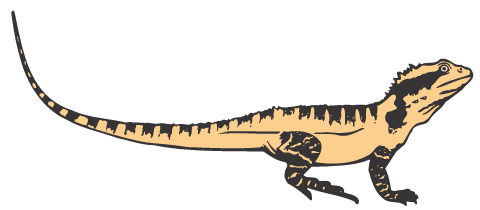|
As the most biodiverse capital city in Australia Brisbane is home to some extraordinary rule breakers. Come and hear about current research and rehabilitation efforts for two of our most baffling aquatic creatures – a fish that has lungs and a mammal that lays eggs! Event details Date: Tuesday 9 March 2021 6.30pm – 8.30pm Location: Kenmore Library Meeting Rooms – due to social distancing requirements, numbers are limited to 40 attendees, therefore this Seminar will also be Live Streamed online via “Teams”. Schedule of events 6:15pm Doors open. Free Tea and Coffee will be available throughout the evening. 6:30pm Welcome 6:45pm – 7:30pm Tamielle Blunt (UQ PhD candidate & WPSQ Project Officer) Platypus an Elusive Enigma – Tamielle will speak about all things platypus from history, biology, ecology, conservation, latest DNA sampling technologies and her PhD research. Tamielle hopes through research and community education, protection for this iconic species will become a priority because they are a species that may disappear right under our noses. 7:45pm – 8:30pm Mark Waud (Senior Scientist, Healthy Land and Water) Lungfish Rehabilitation Project – Mark is heading up an exciting project which is giving the Australian Lungfish a helping hand by restoring their critical breeding habitats in the Brisbane River, significantly damaged by recent floods. He will take you through the surprising twists and turns in a project which is focussed on re-establishing the submerged aquatic plants that are vital for lungfish breeding. RSVP: Bookings are essential. Book your spot through Eventbrite by noon Tuesday 9 March. If you register for the Live Stream, you will be sent the link and instructions on how to join the online event once you’ve registered. For any enquiries, please call Tony Mlynarik on 0414 784 222 |
News
Wildlife Matters – Frogs!
The new Frogs in our Catchment field guide is up on our website and well worth a look – after you have read Phil Bird’s Wildlife Matters March column. Here you’ll find out why ephemeral pools are so important and when World Frog Day is!
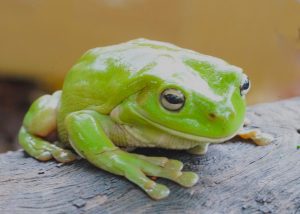
Green Tree Frog (Litoria caerulea) Photo: Ed Frazer
Have you ever wondered what frog is making that call in your backyard? Use this link to discover the fabulous frogs near and far on the Frog ID website. The aptly named Motorbike Frog (Litoria moorei), although not native to Moggill Creek sadly, is particularly awesome.
All Wildlife Matters columns can be found in the Media Centre
Published in

Know Your Wildlife!
Test your skills each month with MCCG’s Wildlife Identification Quiz!
You’ll find Know Your Wildlife towards the back of every month’s The Local Bulletin. Answers can be found by searching in the MCCG Catchment Field Guides.
We will provide the answers to each quiz right here in the first week of every month!
Here is the March quiz:
Can you identify these three frog species?
Which of these frogs has a call that has been likened to a 1-second burst from a dental drill?
(answers below the photo set)
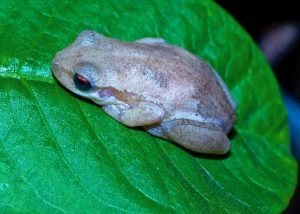
1.Photo by Paul Campbell
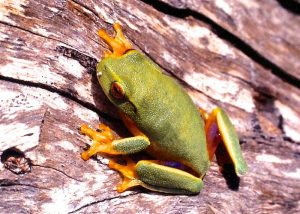
2. Photo by Ian Muirhead
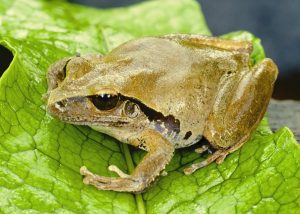
3. Photo by Ed Frazer
ANSWERS:
Question 1.
- Bleating Tree Frog (Litoria dentata)
- Graceful Tree Frog (Litoria gracilenta)
- Broad-palmed Rocket Frog (Litoria latopalmata)
Question 2.
The Bleating Tree Frog has a call that has been likened to a 1-second burst from a dental drill!
Wildlife Matters
In this month’s edition Jim Pope brings our attention to the importance of our local creeks and how we can be involved in looking after them through the MCCG Creek Health Monitoring Project. 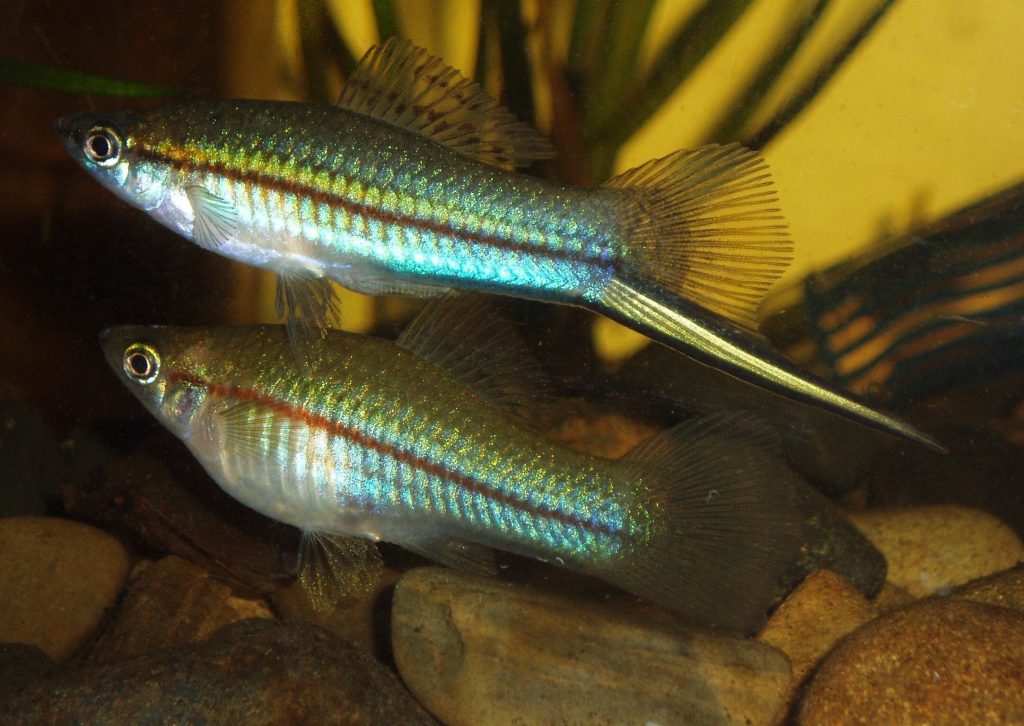
Swordtail (Xiphophorus helleri) – Top: Male, Bottom: Female – Tim Howell
Read all about it here: Wildlife Matters February 2021
All Wildlife Matters columns can be found in the Media Centre
Published in

Know Your Wildlife!
Test your skills each month with MCCG’s Wildlife Identification Quiz!
You’ll find Know Your Wildlife towards the back of every month’s The Local Bulletin. Answers can be found by searching in the MCCG Catchment Field Guides.
We will provide the answers to each quiz right here in the first week of every month!
Here is the February quiz:
Which of these fish are natives and which are exotic species?
- Platy
- Male Crimson-spotted Rainbowfish
- Male Empire Gudgeon
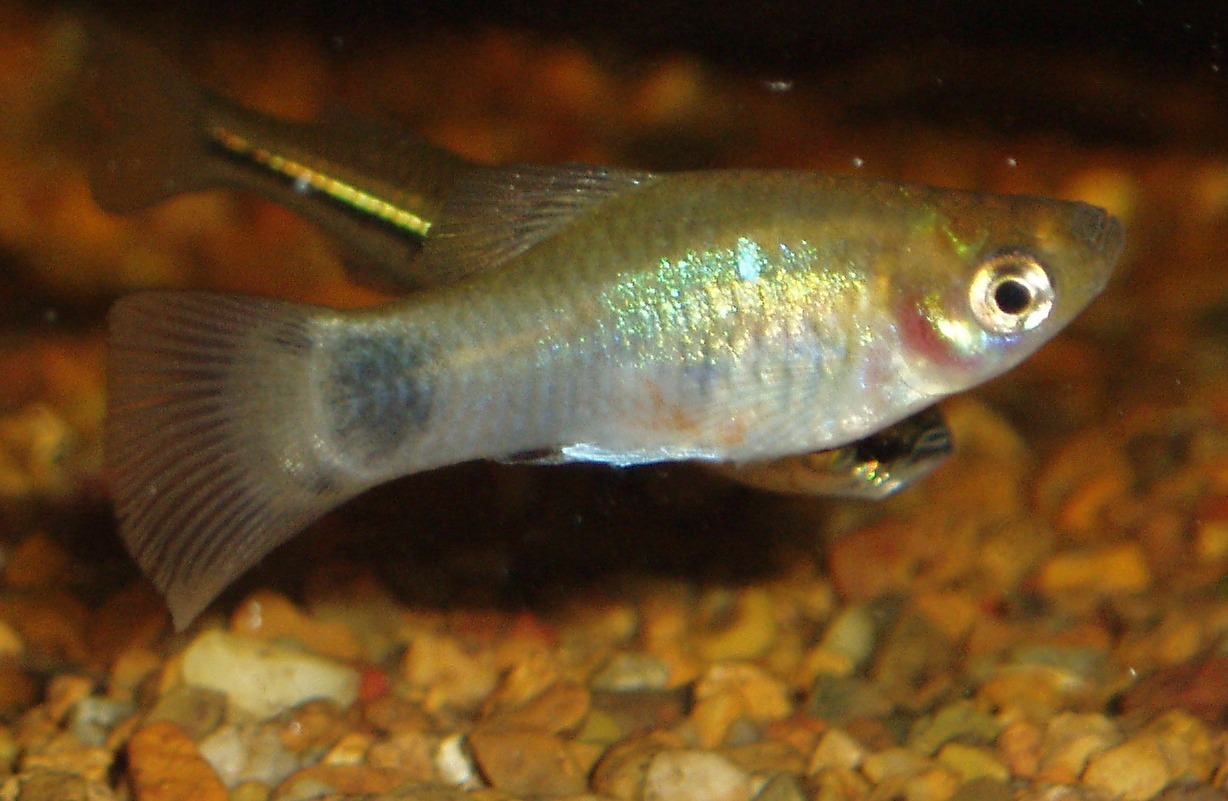 Platy (Xiphophorus maculatus) Photo: Tim Howell
Platy (Xiphophorus maculatus) Photo: Tim Howell
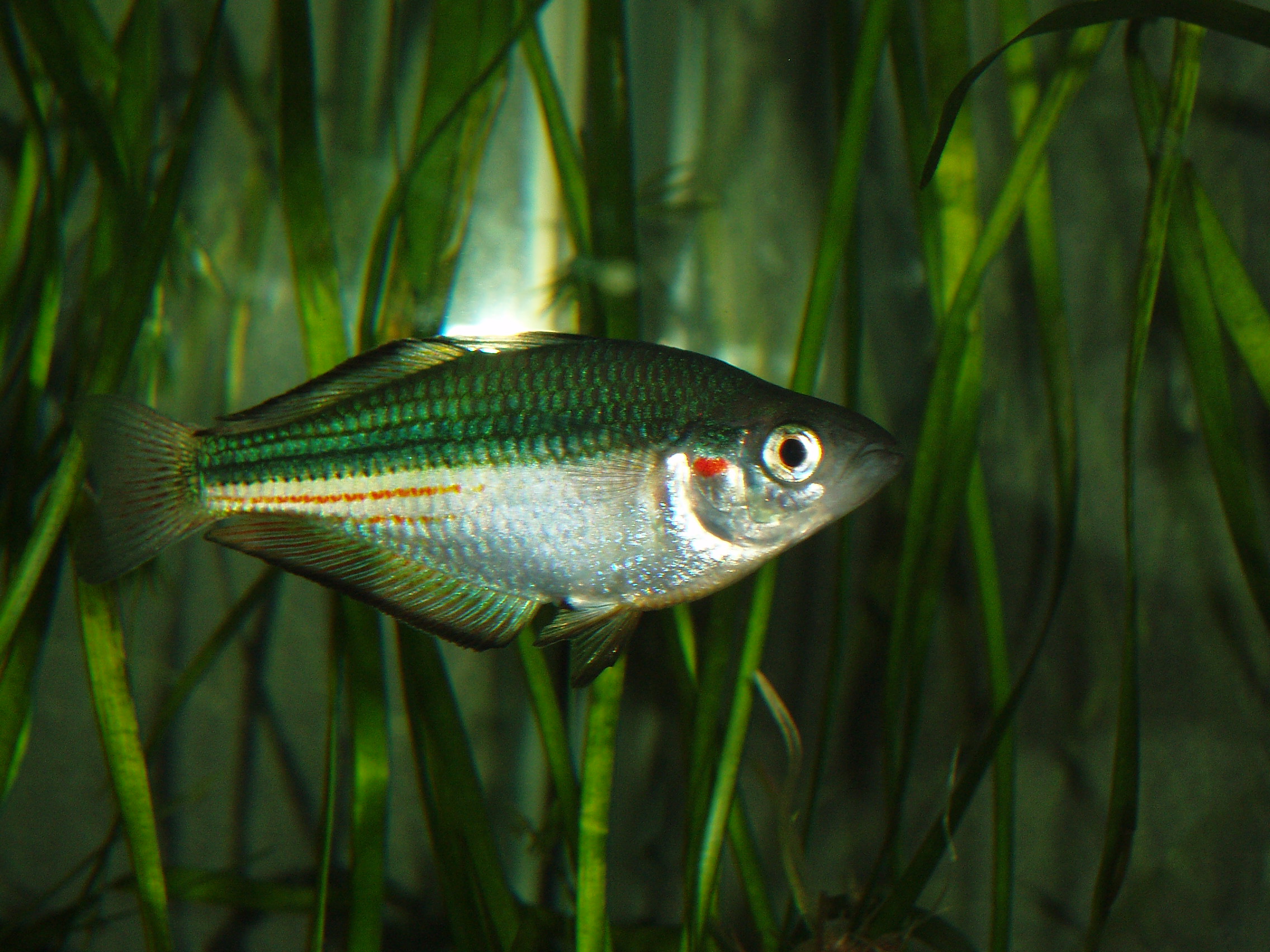
Male Crimson-spotted Rainbowfish (Melanotaenia duboulayi) Photo: Tim Howell
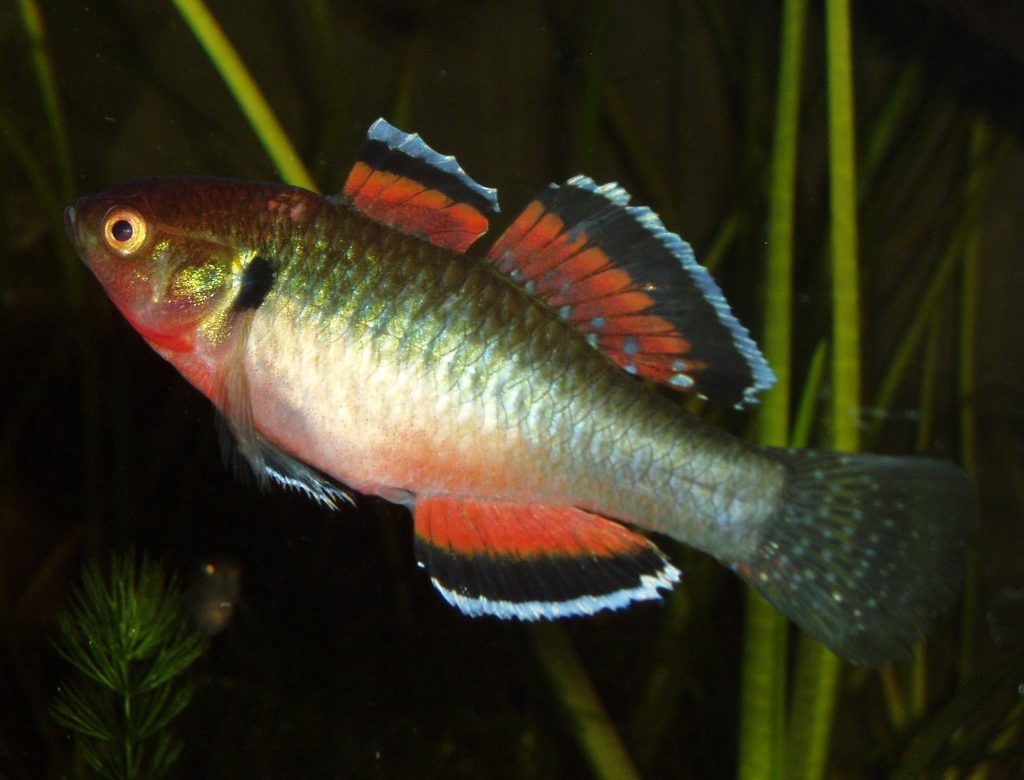 Male Empire Gudgeon (Hypseleotris compressa) Photo: Tim Howell
Male Empire Gudgeon (Hypseleotris compressa) Photo: Tim Howell
ANSWER: The Platy is exotic, while the Crimson-spotted Rainbowfish and Empire Gudgeon are natives.
Persistence pays off – Yellow-tailed Black Cockatoo
In the latest Bush Bites, Tim Spencer shares his recent experience with a Yellow-tailed Black Cockatoo.
Loving birds is one thing, but photographing them is a completely different matter. It can be endlessly frustrating but once in a while something unexpected occurs.
Several weeks ago I wandered up the back of my place near the end of Savages Road, camera and 300mm lens on my shoulder. I heard a close-by noise and looked to my left and there, not more than 3m away and at head height was a Yellow-tailed Black Cockatoo. This bird had an agenda and was in no way concerned about my close proximity. A tall but narrow Wattle tree was the focus of attention. Half the tree had been stripped of bark and wood exposing a cavity within.
Went back to get my wife Carolyn, “hey, you got to come and see this” We spent about 20 minutes watching as the bird diligently removed large fragments of wood and bark, there was no way I would put a finger anywhere near that beak! I stayed on another 10 minutes, had trouble lining up under trees as I was a bit too close for the camera lens focus.
Anyway, as I said, Persistence pays off and the bird was finally rewarded for this with a fat, juicy, Witchetty Grub. After devouring the grub the bird flew off in answer to a mate. Looking at the tree and damage, it was clear the bird had extensive knowledge about getting such treats. The amount of damage and a similar place on the other side but lower down where the bird had initially tried led me to believe that at least an hour had been spent in securing the grub! Yum!
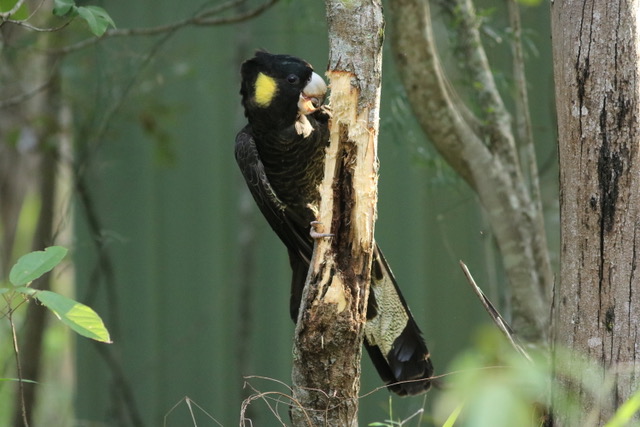
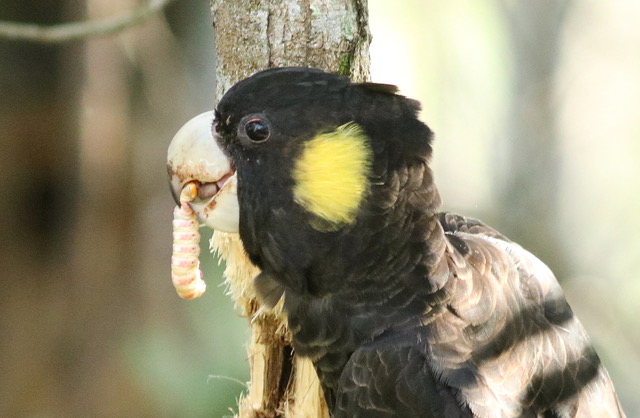
Words and Photographs by Tim Spencer
Time to get planting!
With a good wet season predicted, now could be a good time to plant!
The list below includes species which we have in some quantity in The Nursery. We do have smaller quantities of others so do ask if you want anything else.
Please contact Bryan Hacker on 3374 1468 or email to arrange a time to pick up plants for your revegetation project.
Click here to view the list of species.
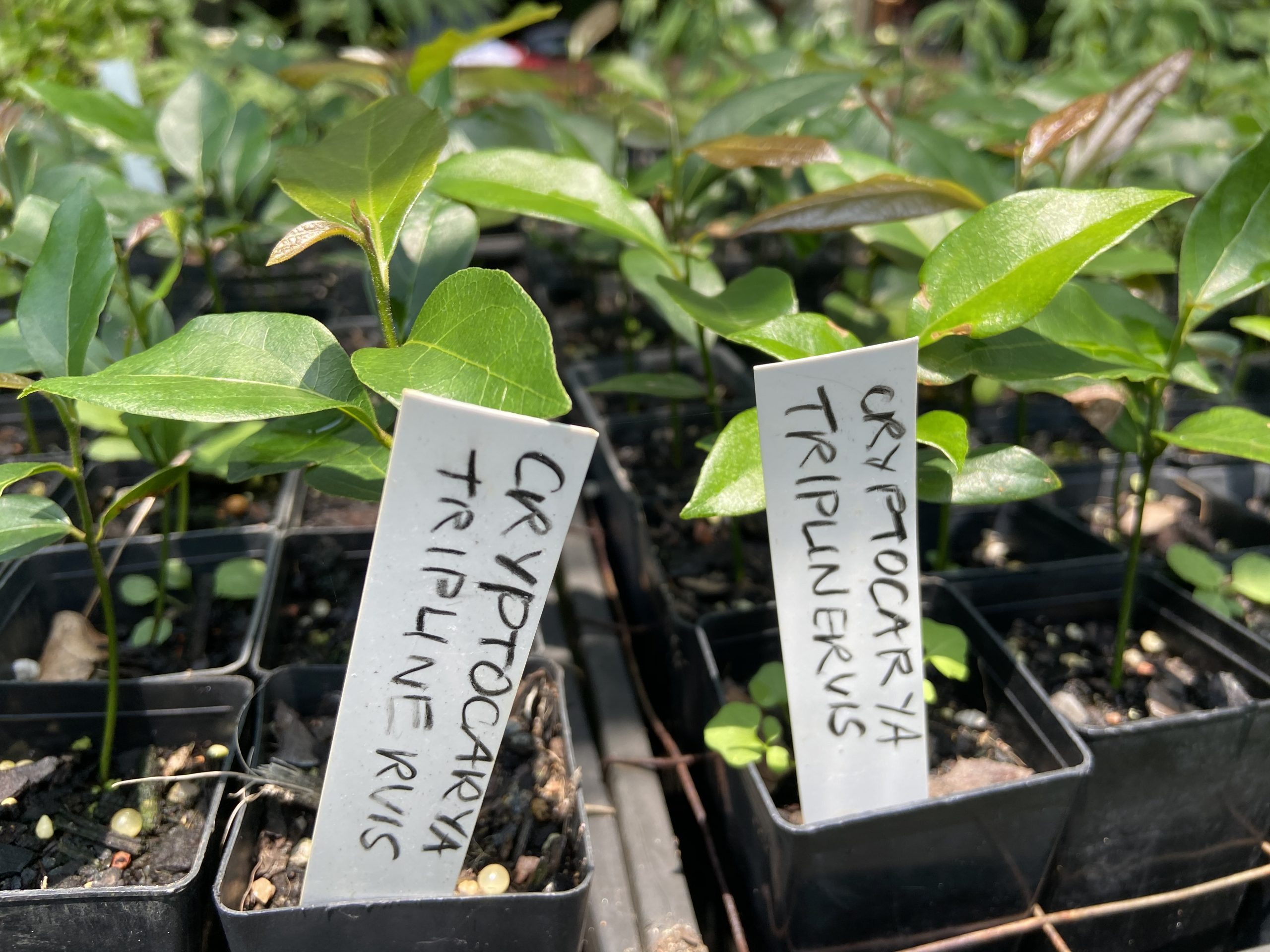
Wildlife Matters
WELCOME to the new ‘Wildlife Matters’ column, which replaces Jim Butler’s ‘Feather Fascination’.
The first Wildlife Matters focuses on Brisbane’s Big Butterfly Count and explains why we should all be involved.
Read all about it here: Wildlife Matters January 2021
Blue Tiger butterfly (Tirumala hamata) – photo Jim Pope
All Wildlife Matters columns can be found in the Media Centre
Published in

Know Your Wildlife!
Test your skills each month with MCCG’s Wildlife Identification Quiz!
You’ll find Know Your Wildlife towards the back of every month’s The Local Bulletin.
We will provide the answers to each quiz right here in the first week of every month!
Here is the January quiz:
Many butterflies lay their eggs on specific host plants for their caterpillars to feed on. Which of these butterflies chooses the Red Ash or Soap Tree (Alphitonia excelsa)?
- Blue Triangle
- Male Varied Eggfly
- Small Green-banded Blue
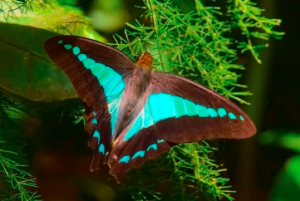
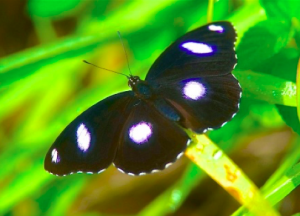
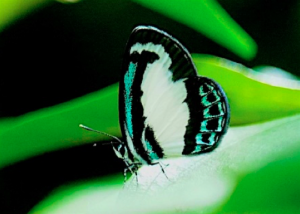
Photos: Ed Frazer
Answer: The Small Green-banded Blue chooses the Red Ash or Soap Tree as host plant.
ps: If you need some help, we’d recommend searching our digital field guides! Open them from the side menu:
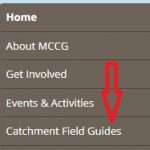
These alphabetical lists provide a wealth of local information about wildlife. They feature thumb-nail images which expand to a larger view when you click upon them.
Keep an eye out for next month’s quiz!
Published in

First Working Bee for 2021 – Jan 2nd
To all McKay Brook members the next Working Bee will be at our Mabb Street Site on
Saturday 2nd January
2:30 – 4:30 pm
This Saturday we will be working upstream from Belford Street, close to the small bridge which crosses the creek.
Park at the end of Belford Street (UBD Map 177, K7).
Turn to your right and walk upstream, and you will soon find us.
There is an infestation of exotic grasses that deserves our attention.
What to bring:
protective clothing (long-sleeved shirts, jeans, sensible shoes/boots),
gloves, LOTS of drinking water, hat, sunscreen.
Refreshments provided
Please come if you can – we need lots of help!

